Hits: 22
Some must have filters for your landscapes
Filters have been an essential part of photography since its very beginnings. Used creatively they can improve a hard-to-capture scene, add an extra artistic element to an image or just provide a bit of fun. Modern digital photo editing has provided an almost too easy method to add filter effects to an image after it has been taken; some effects are better when applied by actual physical filters fitted to the camera when the photo is taken and this is particularly true with black and white photography. Let‘s take a look at some of the different types of filter and how they can help to improve your photos.
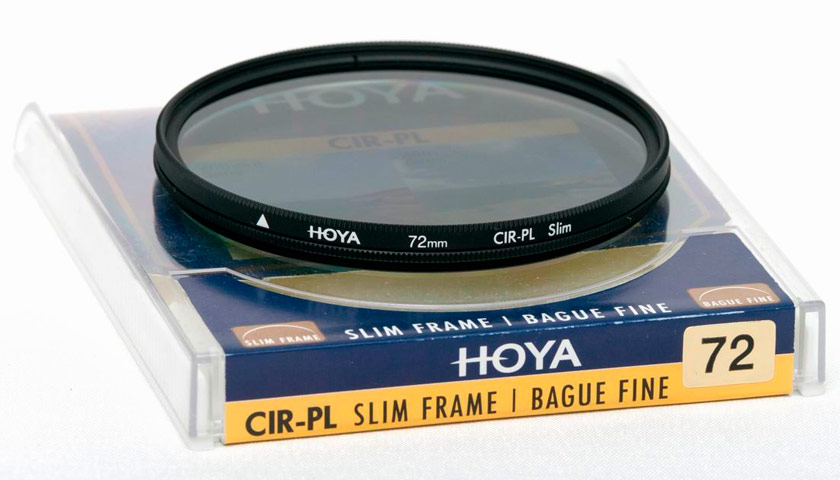
UV filter
This screw-on filter was used originally to block UV lightfrom hitting the film in old cameras. Modern digital cameras have UV and Infra Red protection on their sensors now. so a UV filter is employed as a method of protection against scratches and dust getting on the front lens element. Optionally you can just use a good quality clear glass filter instead. The higher the quality of glass the better, so as to avoid ghosting and flare in yourshots.
Circular polarizing filter
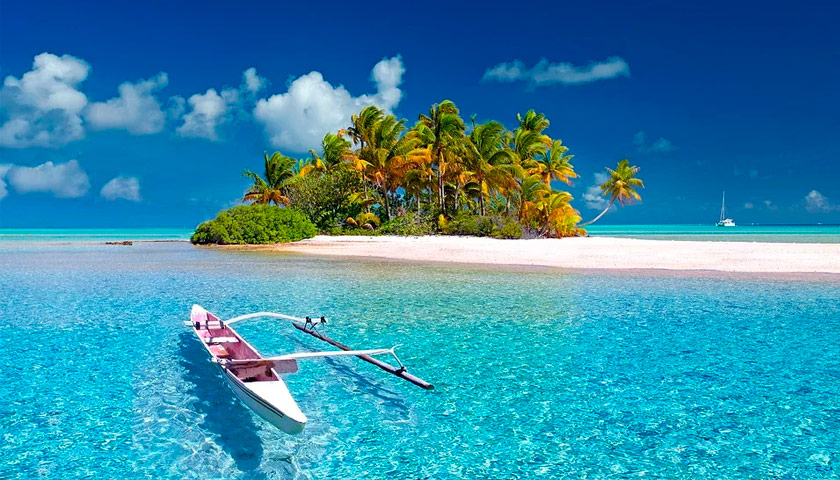
Circular polarizers are ideal for digital cameras. When correctly aligned. the filter can render blue skies darker with brighter. white clouds. They can also increase saturation and reduce reflections on shiny surfaces and water as well as reduce haze. Polarisers work best when the camera is about 90° either side ofthe sun. The polariser has to be rotated until the maximum effect is achieved, blocking cert ain light waves. These filters come in both screw-on and filter holder varieties.
Neutral density filter

ND filters limit the amount of light that is able to fall on the sensor and therefore require much longer shutter duration. They are made from darkened materials that are designed to be optically neutral so as not create a colour cast. The darker the filter the longer your exposures can be. ND filters can range from a 2-stop filter to 10-stops of light reduction. They are excellent for use in daytime to create motion blur in water and clouds.
Graduated neutral density filter
ND grads work similar to standard ND filters but instead of being one solid dark material, the filter fades from dark to clear. They are useful in high contrast situations such as a bright sky versus a dark foreground where you can use the filter to darken the sky enough to balance the overall exposure in the scene.
Filter types
Circular screw on filters are the most common type that fits directly on your lens filter thread. They come in different thicknesses, the thickest of which can potentially cause vignetting to your shots. Ultra thin filters get around this but can be more expensive.
Square filters are popular with landscape photographers. A holder designed to house the filters directly attaches to the lens filter thread and can hold several filters. Generally they range in size from around 75 mm to 150 mm
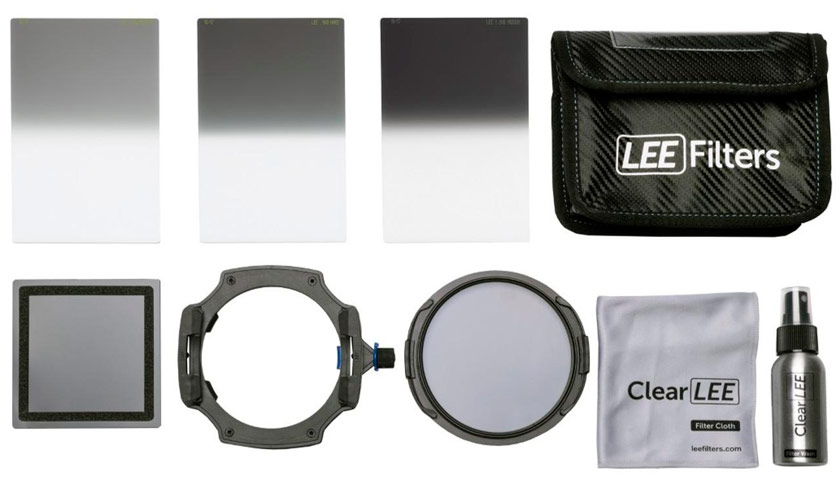
Rectangular filters are another popular choice among landscape photographers. These are mounted in the same fashion as their square counterparts, the main difference is because they are rectangular; they have more scope to move up and down within the holder.
Filter holders are plastic and metal mounting devices that screw onto the filter thread of your lens. They have several slots moulded into them to accommodate several filters at once. The most popular filter system manufacturers are Cokin, Lee and Hitech.
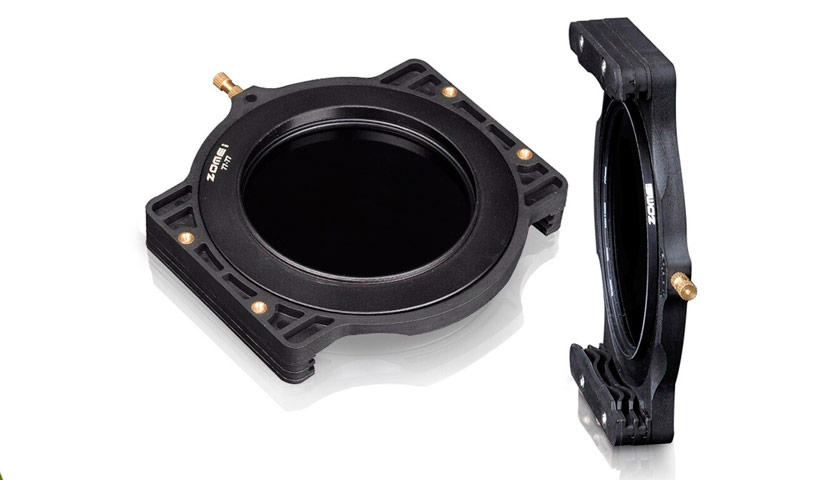

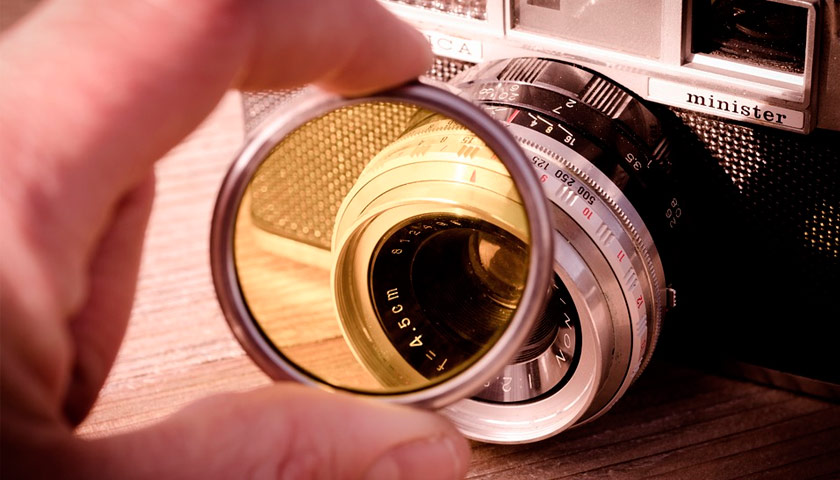

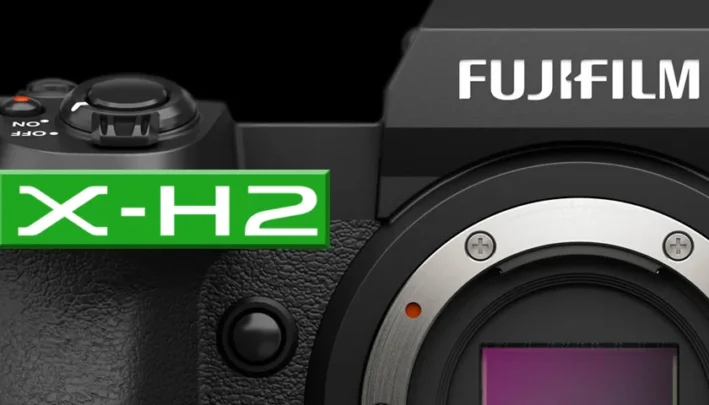
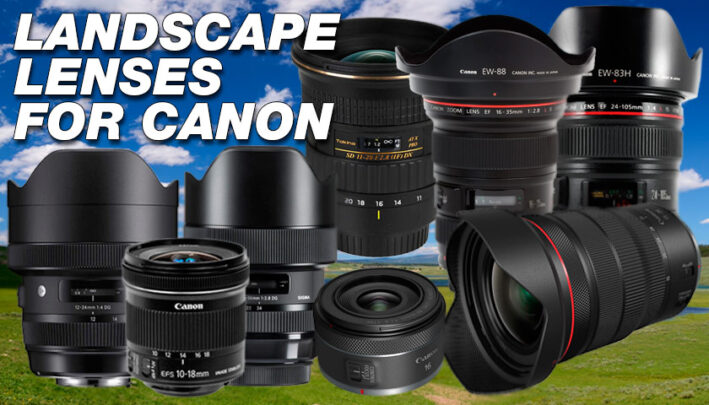
[…] has even been employed to magically empty city streets of people and cars by using very strong ND filters. It‘s up to you and your imagination now that you know daylight can be modified to give you more […]
[…] rings to attach the holder to your lens only cost around 15 € each and individual P-series filters cost between 17,50 € and 25 € each, so it’s possible to buy an entire system of Cokin […]
[…] if you’re using an accessory on the front of your lens (such as a ring flash) or indeed some filters (such as a circular polarizer) you won’t be able to attach a lens hood as […]